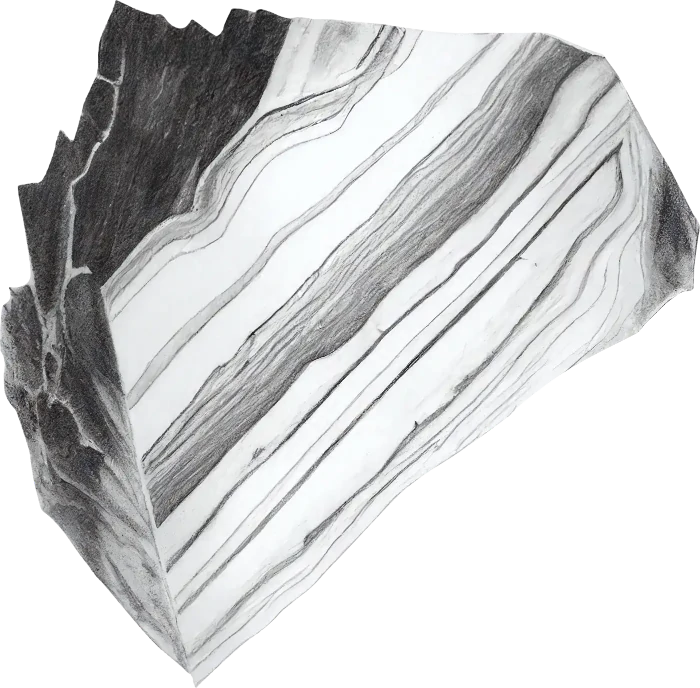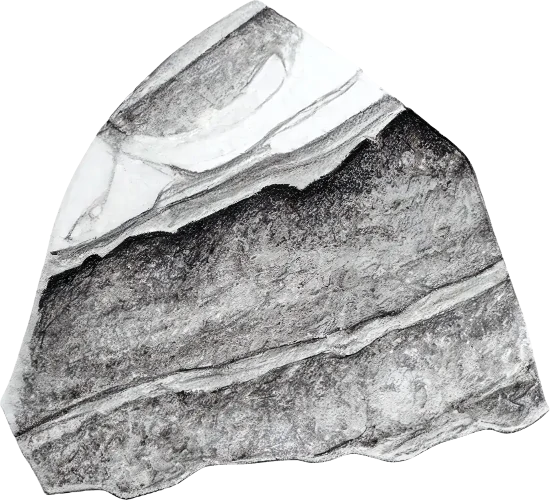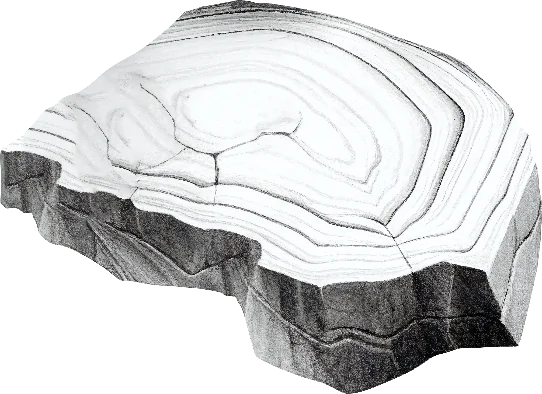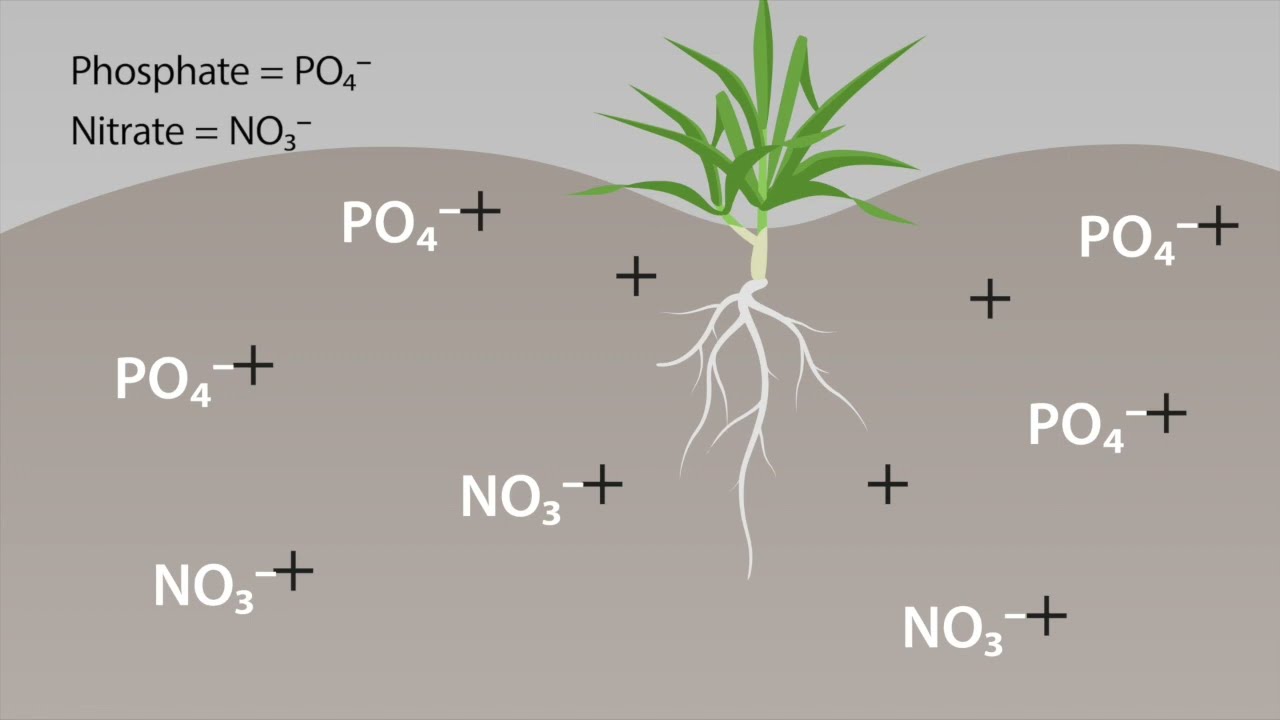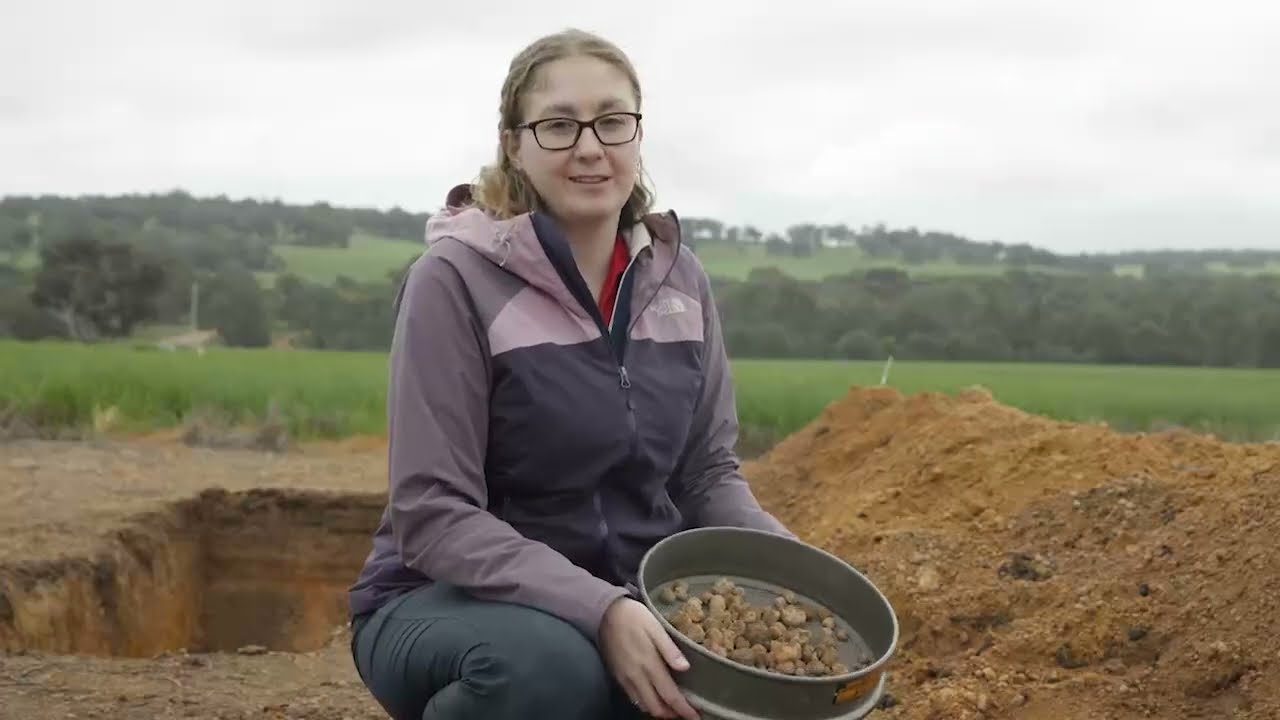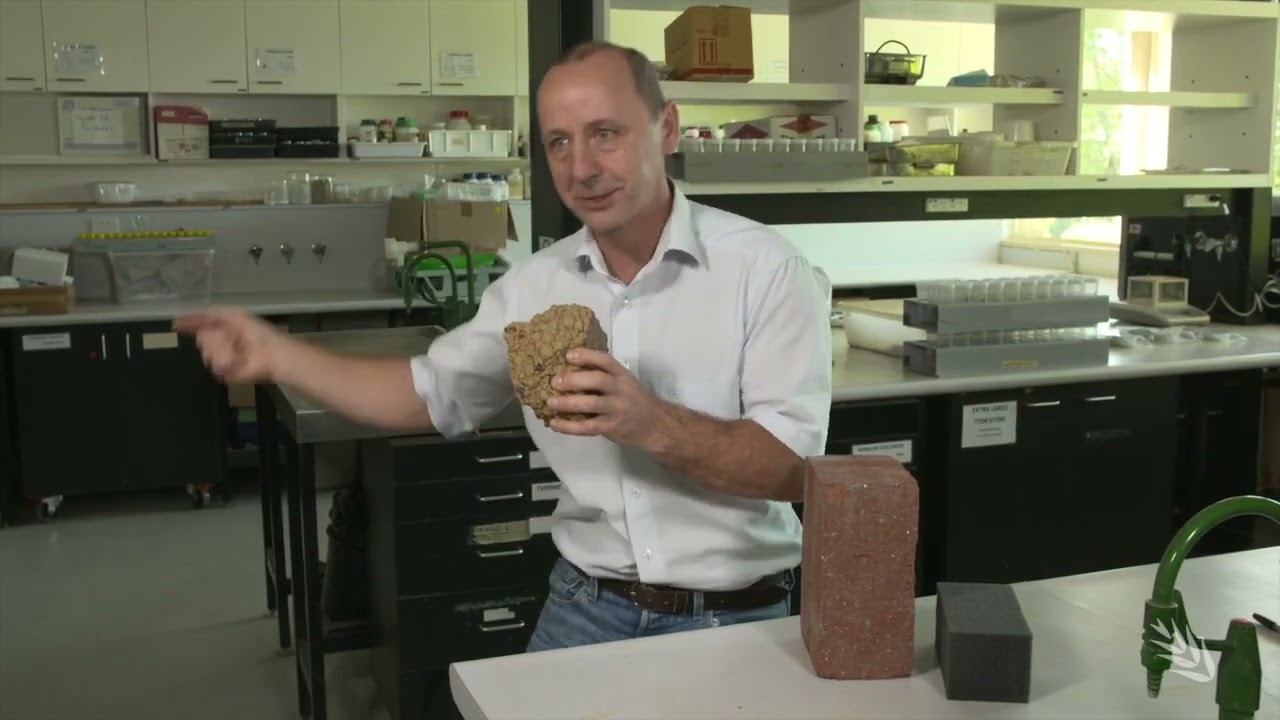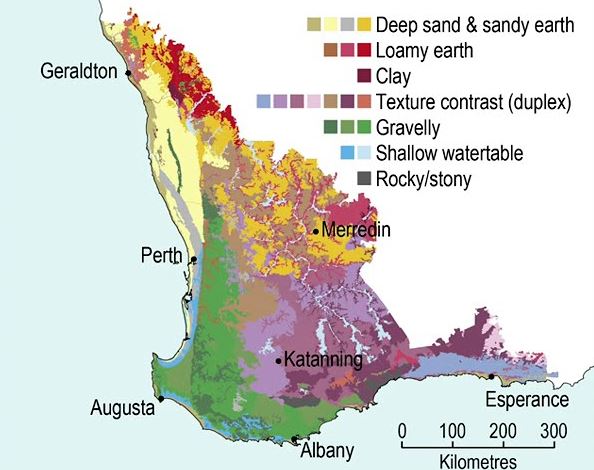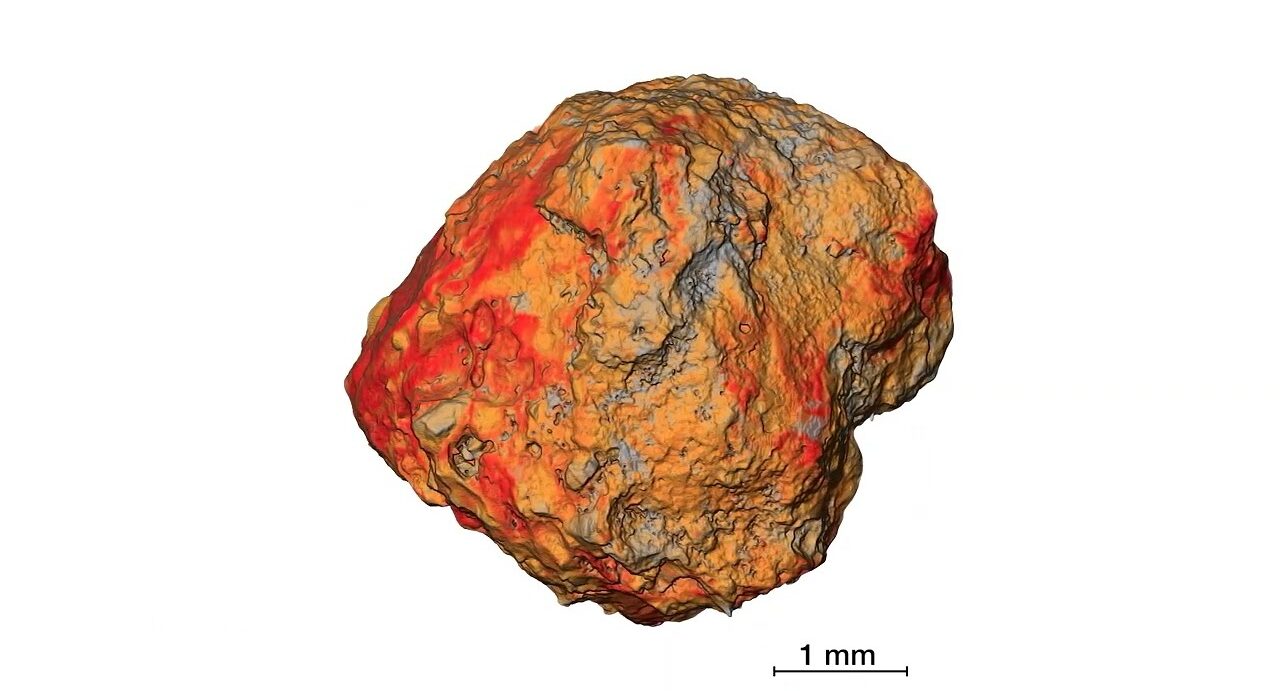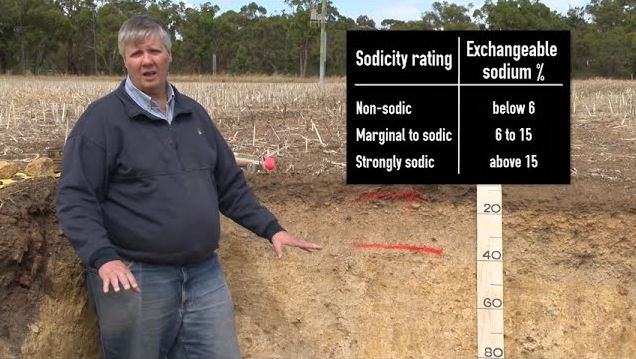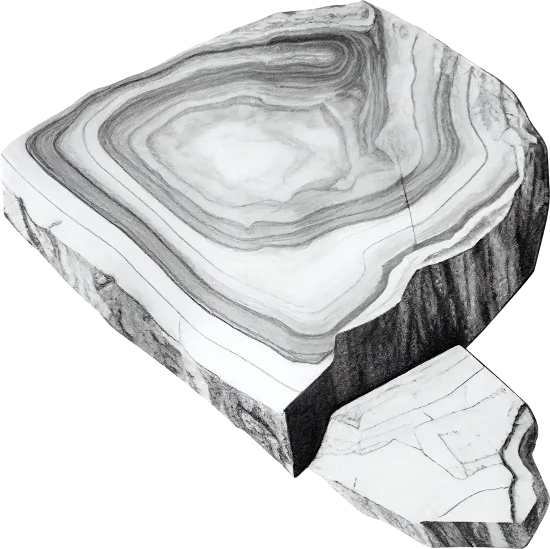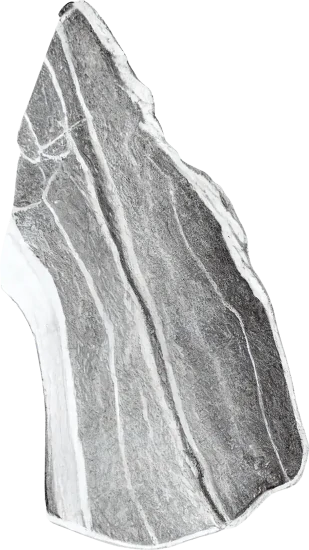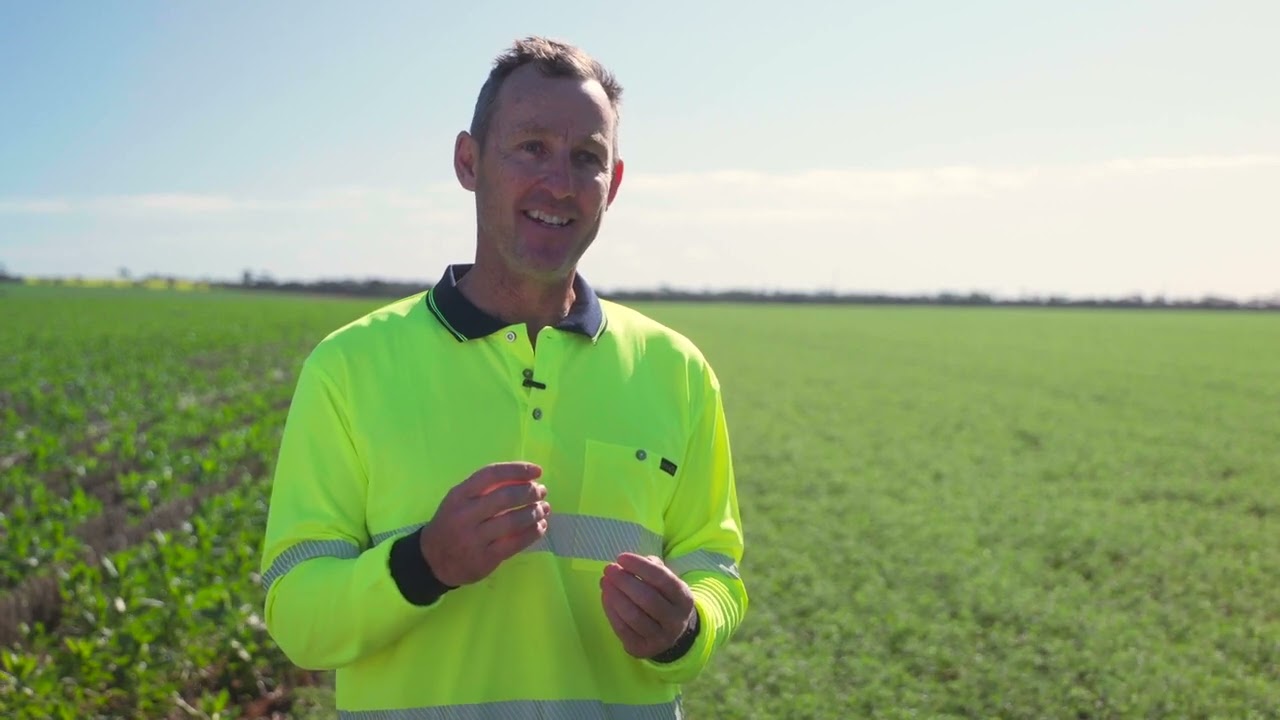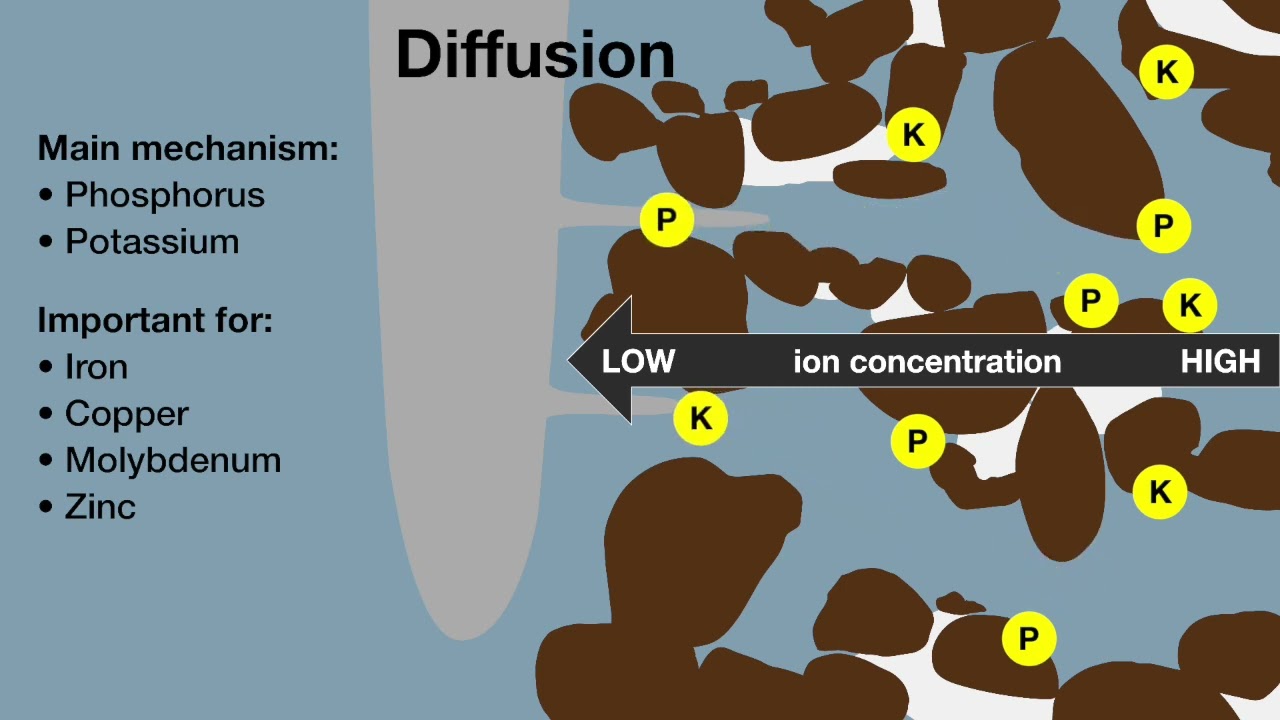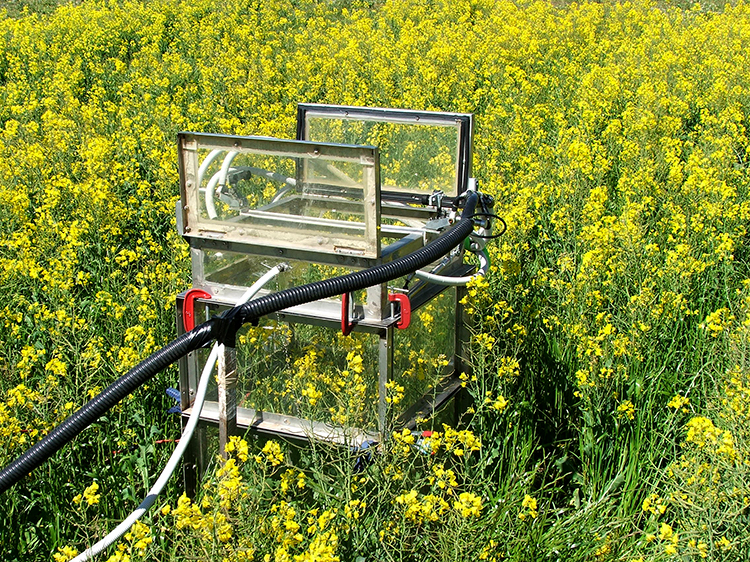Date
2023/06/27
Duration
3 min read
Illustration
Ooid Scientific
ebook
Soil Quality: 9 Gravel Soil
Organisations
WA Department of Primary Industries and Regional Development
Murdoch University
Grains Research and Development Corporation
SoilsWest
Authors
Francesca Brailsford
Craig Scanlan
David Weaver
Karen Holmes
Matthias Leopold
Editors
Frances Hoyle
Daniel Murphy
Chris Gazey
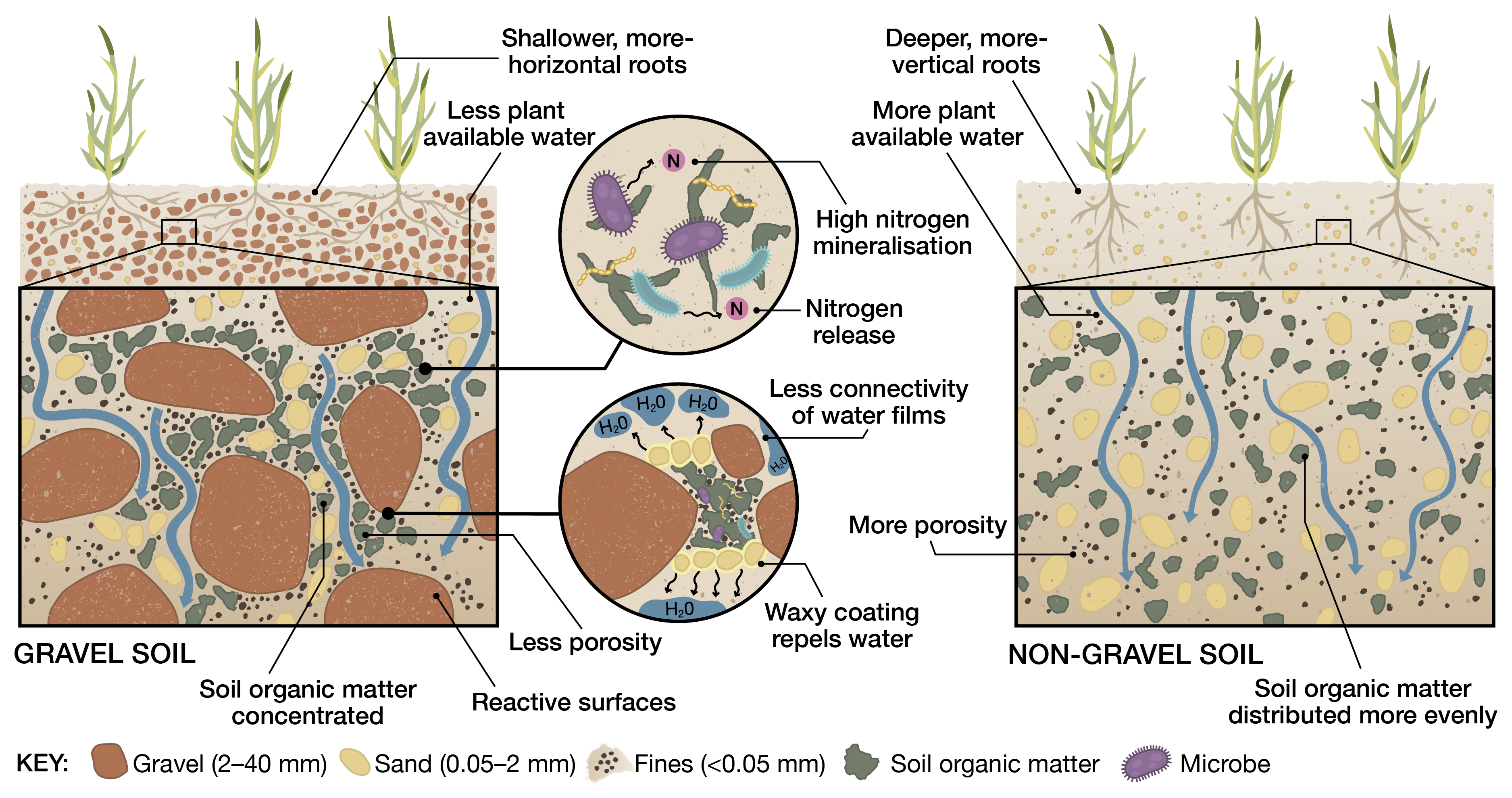
High nitrogen mineralisation
How the concentration of organic residues between gravel particles influences soil organic matter decomposition and associated soil nitrogen (N) supply (net mineralisation) requires further understanding.
In theory, the concentration of water, microorganisms and soil organic matter within the available soil pore matrix that results as gravel content increases, could lead to faster rates of microbial soil organic matter breakdown and higher nitrogen mineralisation rates (i.e. a greater rate of soil nitrogen supply).
Waxy coating repels water
The concentration of soil organic matter in the spaces around the gravel particles may function to increase water repellence. This could decrease the connectivity of water films within the soil matrix, leading to a slowing of microbial decomposition of soil organic matter. This could also be exacerbated by the decrease in small-sized pores, which contribute to soil water storage, with increasing gravel content
Reactive surfaces
Both the gravel and soil fractions contain positively charged surfaces, which can slow nitrogen leaching by retaining nitrate (NO3-) on surfaces for longer (or in greater volume). The kaolinite clay, which constitutes a large part of the weathered fine fraction of ironstone gravel soil, has a higher anion exchange capacity (AEC) than most other soil minerals. This has been attributed to the replaceable hydroxyl (OH-) ions of its exposed aluminium layer. However, soil with high ironstone gravel content will have less pore space and less plant available water, resulting in higher rates of leaching through the whole soil. This will decrease contact time between the soil and nitrate, increasing the likelihood of nitrate loss by mass flow.
Concentrated soil organic matter concentrated
As gravel content increases, the space (porosity, volume) remaining for plant and animal residues in soil decreases. This results in a concentration of soil organic matter in the soil fine fraction (less than 2 millimetres) between gravel particles. For example, a soil with 50% gravel would contain double the concentration of organic matter inputs (residues originating from living organisms) in the soil fine fraction compared to a soil without gravel receiving the same inputs. In Western Australia, data from 40 trials showed an approximate 50% increase in soil organic carbon with an increase in gravel content from 20 to 40%.
Reference
ebook Soil Quality: 9 Gravel Soil
Brailsford F, Scanlan C, Weaver D, Holmes K and Leopold M (2023).

